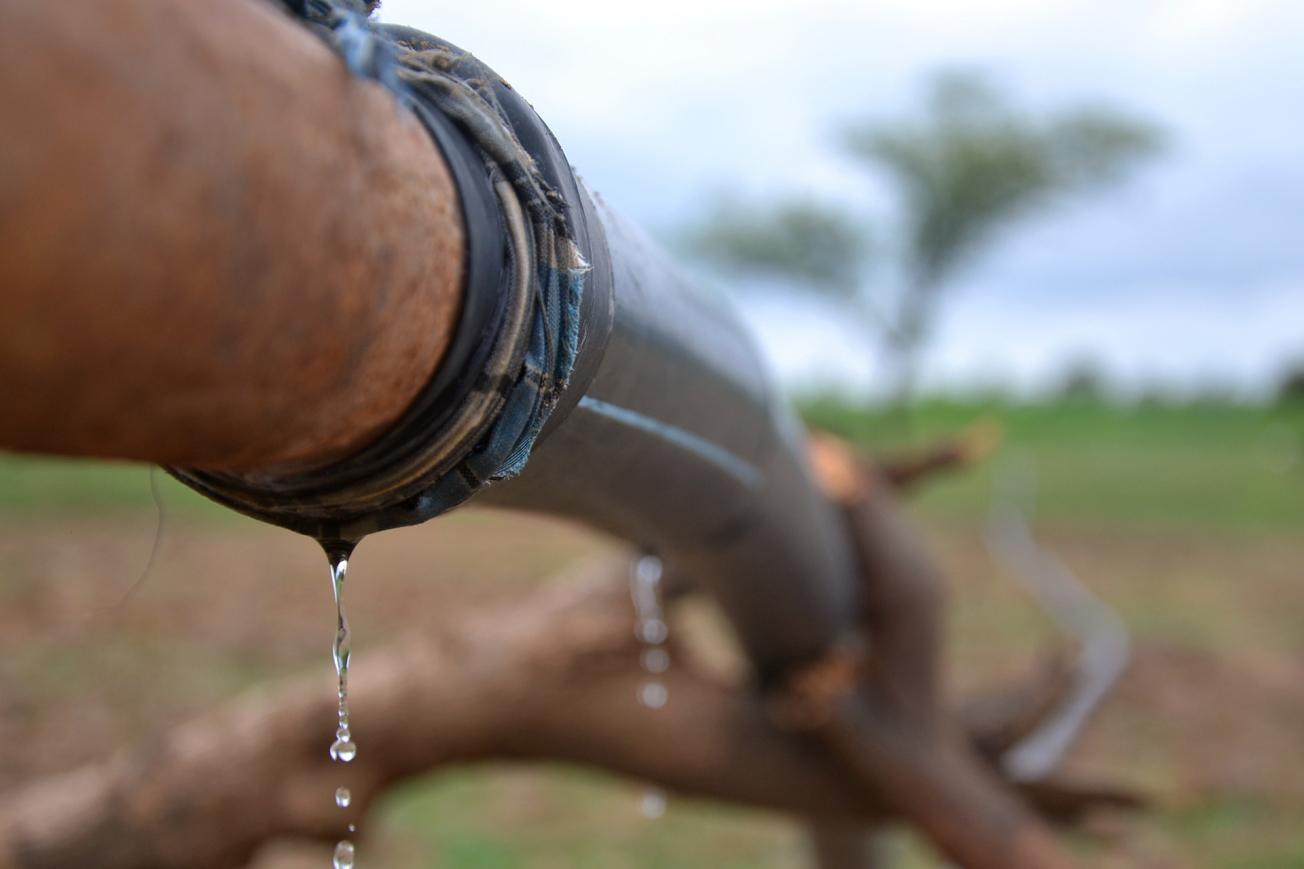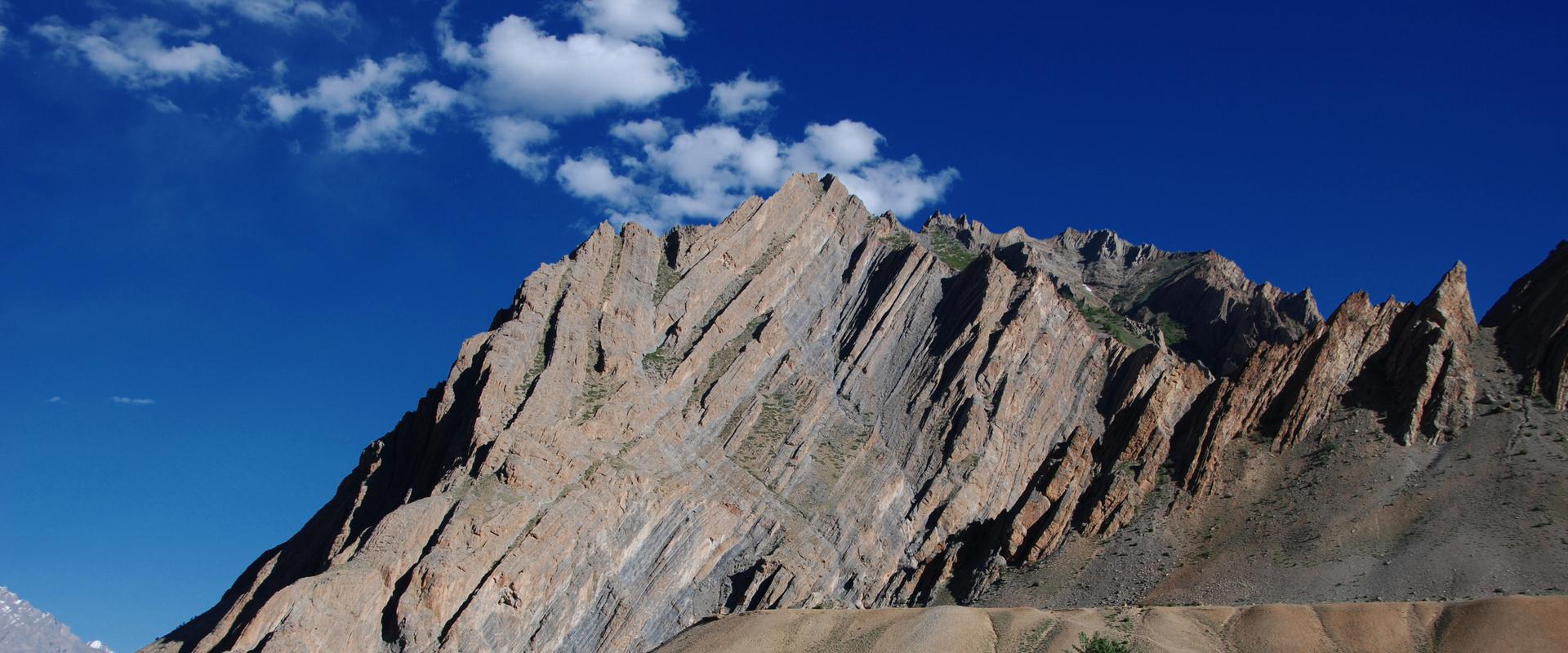
Irrigation pipe for rice fields in semi-arid terrain (Central India, 2015).
© BRGM - Adrien Selles
India has experienced an unprecedented heat wave, along with droughts, in recent months. Water is a central issue in this country of 1.3 billion inhabitants, where solutions have long been sought to alleviate growing water shortages; the latest IPCC reports indicate that 40% of the Indian population will face water shortages by 2050.
Since the 1960s, in the wake of the famous "green revolution", the second most populous country in the world has engaged in an innovative policy of using groundwater for irrigation that now needs to be reviewed.
In India, there has been a tremendous increase in such irrigation, which has now overtaken irrigation with surface water. India is now the largest consumer of groundwater with an extraction of 250 billion cubic metres, i.e., more than China and the USA combined.
A dwindling resource
For the past ten years, the infiltration of rainwater during the monsoon season has no longer been sufficient to replenish the stock of water in aquifers, consisting of permeable rocks within which groundwater circulates. Overexploitation of this resource has led to chronically low water tables in many parts of the Indian subcontinent.
The old open wells are dry, springs and rivers are drying up and the few remaining streams, which are polluted, are seeping into aquifers and polluting them in turn. Detailed studies, such as those carried out at the French-Indian Groundwater Research Centre in Hyderabad, show that the drop in aquifer levels is due to intense pumping and not to a monsoon deficit.
Recent heat waves have also increased the water needs of populations and plants, further increasing groundwater abstraction in a context of climate change and growing demographic pressure.
Rethinking water policy
For a long time, it was thought that meeting the demand for water necessarily meant increasing supply, and therefore massive transfers, whenever local resources were overexploited. In short, it was a matter of fetching water from where it could be found and delivering it to areas where there was a shortage. But these large projects have in the past incurred multiple economic, ecological and human costs.
Another way to increase supply is to complement natural groundwater recharge through artificial recharge schemes. Based on the simple idea of retaining rainwater during the monsoon season for use in the dry season, these techniques, which seem to be based on common sense, are nonetheless not very cost-effective besides being suitable only for specific areas.
Shouldn't water policy therefore be based on limiting demand rather than on increasing supply?
A more comprehensive solution could also be achieved by changing agricultural policy: i.e., by producing rice or water-consuming crops only in areas of the country where water is available.
After its green revolution, will India succeed in meeting the difficult challenge of the blue revolution?







